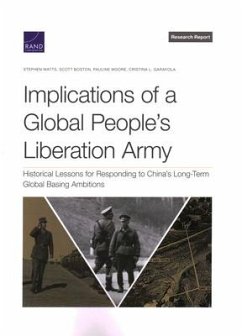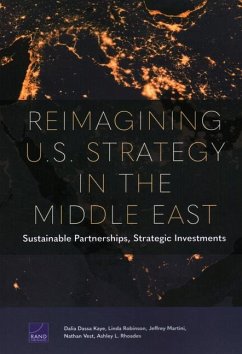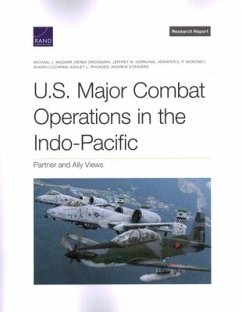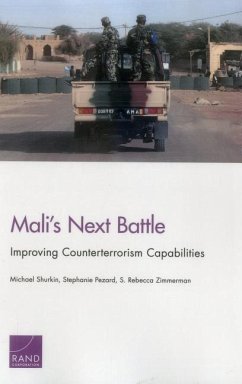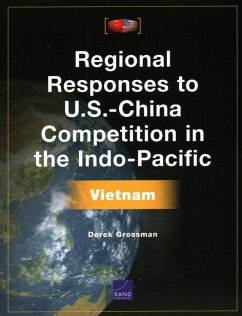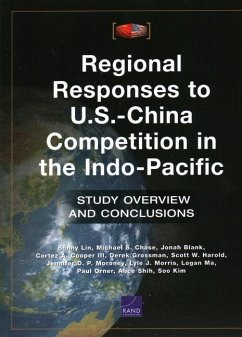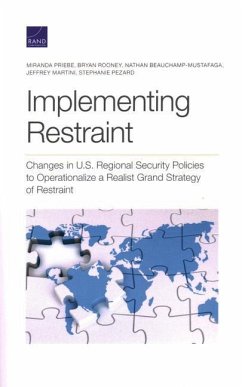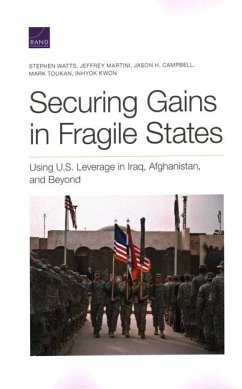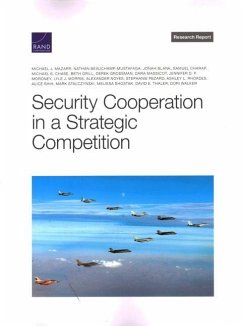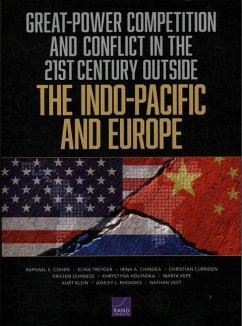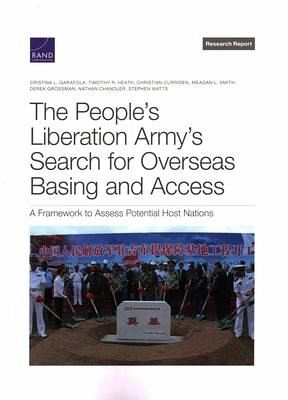
The People's Liberation Army's Search for Overseas Basing and Access
A Framework to Assess Potential Host Nations
Versandkostenfrei!
Versandfertig in über 4 Wochen
42,99 €
inkl. MwSt.

PAYBACK Punkte
21 °P sammeln!
Using a framework of 17 indicators, the authors assess and rank potential host nations for Chinese overseas basing and access. They recommend steps to better understand China's overseas plans and to prioritize risks to U.S. forces.





